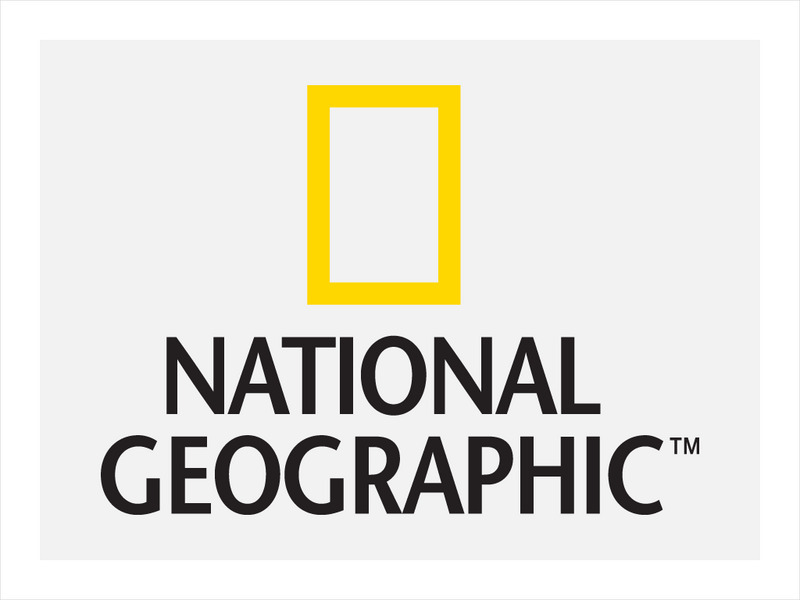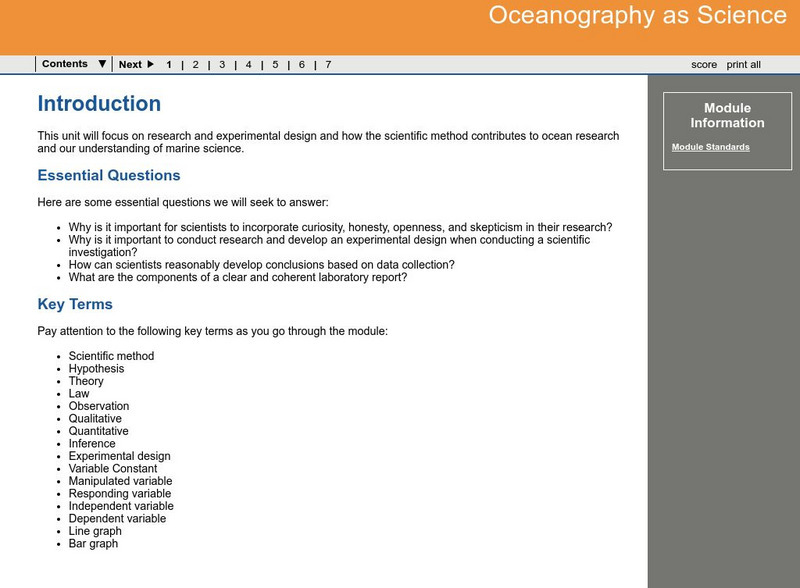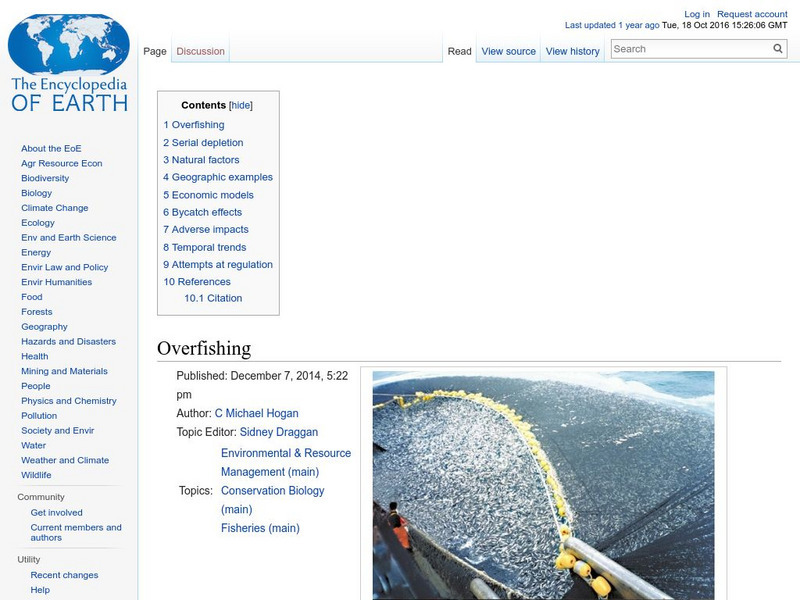MarineBio Conservation Society
Marine Bio: Pygmy Killer Whales
Illustrated reference tool features useful information on the pygmy killer whale with facts on physical characteristics, behavior, range, habitat, diet, and conservation status.
MarineBio Conservation Society
Marine Bio: Risso's Dolphin
Illustrated reference guide features useful information on Risso's dolphins with facts on physical characteristics, behavior, range, habitat, diet, and conservation status.
MarineBio Conservation Society
Marine Bio: Spotted Dolphin
Illustrated reference tool provides an overview of the spotted dolphin with details on physical characteristics, behavior, range, habitat, diet, and conservation status.
MarineBio Conservation Society
Marine Bio: White Beaked Dolphin
Illustrated reference guide features useful information on white-beaked dolphins with facts on physical characteristics, behavior, range, habitat, diet, and conservation status.
Smithsonian Institution
National Museum of Natural History: Ocean Portal: Corals and Coral Reefs
Learn about corals and the importance of coral reefs to ocean ecosystems. Find out how reefs are created, what threats they face, and what kinds of conservation tactics are being used to protect and preserve them.
Other
Digital Library for Earth System Education: Teaching Box: Seasonal Upwelling
A suite of lessons focusing on the process of upwelling. Inquiry-based exploration of seasonal upwelling includes marine food webs, food production in the ocean, wind-driven ocean currents, and seasonal changes in biotic and abiotic...
NASA
Nasa: Sea Wi Fs Project: Teachers Resources
SeaWIFS refers to the Sea-viewing Wide Field-of-view Sensor, which is a satellite sensor that can monitor the color of the oceans and send data back to Earth. This page has a collection of scientific and educational resources on ocean...
National Geographic
National Geographic: Adapting Under Pressure
Students learn about James Cameron's Challenger Deep dive and about the marine animals that live in different layers of the ocean. They then study the characteristics of the hadalpelagic zone at the bottom of the ocean, and imagine and...
Georgia Department of Education
Ga Virtual Learning: Coastal Ecosystems
Students are introduced to the various marine environments, their unique formations, origin and identifying characteristics.
Center for Innovation in Engineering and Science Education, Stevens Institute of Technology
Ciese: Stowaway Adventure Project
For this project students will learn how to track a real ship across the ocean and use real time marine data, including weather patterns, to predict when it will reach its destination. Teachers have the additional option of enrichment...
Georgia Department of Education
Ga Virtual Learning: Oceanography as Science
Students study research and experimental design and how the scientific method contributes to ocean research and our understanding of marine science.
American Academy of Achievement
Academy of Achievement: Robert D. Ballard, ph.d.
Biography of Robert Ballard, a trained marine geologist who is famous for discovering the Titanic as well as his work in oceanic research. Today, he is resident of the Institute for Exploration in Mystic, Connecticut; Scientist Emeritus...
Other
Monterey Bay Aquarium Research Institute: Home Page
Use this excellent site to search the volumes of material available at MBARI about the ocean and climate.
Other
Winston Salem/forsyth Schools: Neritic Zone
This 25-page teacher resource (Word document) offers information and discussion questions on the ocean's neritic zone.
Encyclopedia of Earth
Encyclopedia of Earth: Conservation Biology: Overfishing
Article describing the scope of the problem of overfishing in the ocean and in fresh water bodies around the world. Adverse effects of this practice on both natural and human systems, and efforts to contain it are detailed. (Published:...
Ducksters
Ducksters: Fish for Kids: Learn All About Aquatic and Ocean Marine Life
Kids learn what makes up a fish. What are gills and how do they breathe in the water?
Science Struck
Science Struck: Learn All About the Ocean Food Chain
Read about the different predators, consumers, and producers that make up an ocean food chain.
National Geographic
National Geographic: Your Ocean
This site provides a lesson plan for educators to use when teaching about the Ocean. In addition, there are many other related links and information about the ocean.
TED Talks
Ted: Ted Ed: How Life Begins in the Deep Ocean
Educator, Tierney Thys, relates the story of a sea urchin's different phases of development while revealing a beautiful tale of fertilization, development and growth in the deep ocean. [6:02]
Open Curriculum
Open Curriculum: Aquatic Biomes
This study information describes how aquatic biomes are divided into zones, and lists types of aquatic organisms.
CK-12 Foundation
Ck 12: Life Science: 12.14 Aquatic Biomes
Understand the living and nonliving aspects of aquatic ecosystems.
EL Education
El Education: Ocean Animal Trump Cards
Students create trading cards with information and illustrations of ocean life. Then students created a card game that can be played with the trading cards.
Missouri Botanical Garden
Missouri Botanical Garden: What's It Like Where You Live? (Oceans)
This site contains a wealth of information. You can click on shorelines, temperate oceans and tropical oceans. Each page contains links to even more information.
American Geosciences Institute
American Geosciences Institute: Oceans
Seven hands-on lessons module in which students explore oceans. Inquiry-based investigations include properties of seawater, ocean water and currents, and features of the ocean floor.















